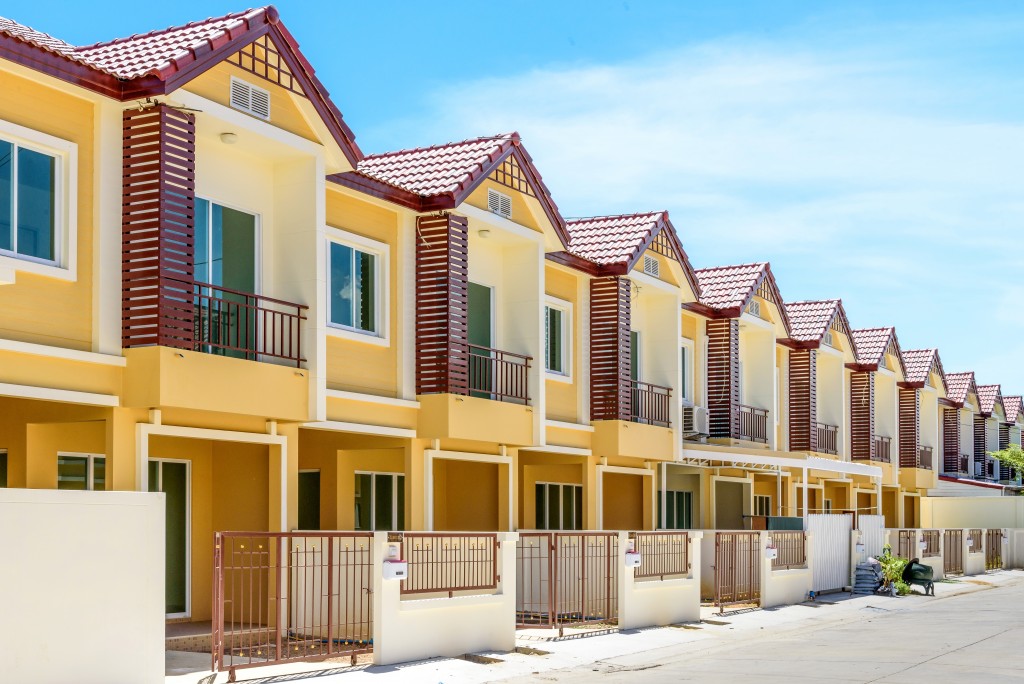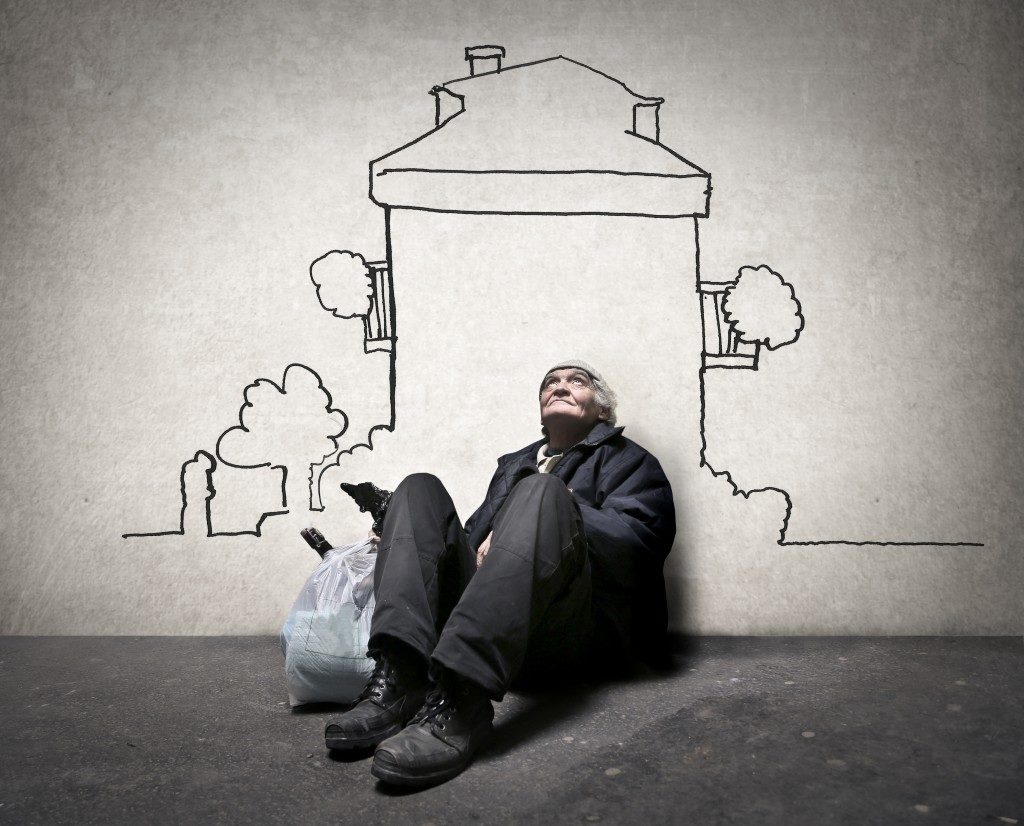Understanding the State of Housing in Utah

Utah used to be a model for relieving homelessness in the United States, primarily due to its House First policy. Adopted in 2005, the policy helped thousands of homeless individuals get into housing, regardless of mental drug-related problems or mental illnesses.
The state has already stopped the implementation of the policy, however. And now, Utah is struggling with a huge increase in the number of people sleeping on the streets.
Housing Concerns
Despite the rise of new subdivisions in St. George, Riverton, and Draper, among other cities, Utah faces a shortage in housing due to numerous factors, which include a surge in housing prices. Partner that with an increase in employment but a stagnant wage growth, and you see low-income families struggle to pay for high rental rates and home prices.
This, in turn, leads to eviction and homelessness. Reports show that as of 2018, there are approximately 125,000 households that face burdens in housing costs. Two variables that contribute to this are household incomes (primarily low income or below median) not keeping up with the 3.32% annual increase in housing prices and to some extent, above median income families in the long term due to income not keeping up with housing costs.
Effects on Vulnerable Families
Even while families can still keep up with rising prices, this may mean compromising on other important things, such as healthcare, food, and the needs of their kids. A decent home and a stable neighborhood are also important for the development of children’s health, which, in turn, would benefit their education and employment opportunities later on, and even reduce state poverty.

The Common Factor
The looming issue of housing prices will continue to persist in the state in the coming years, and this will continue to cause low-income households to struggle on top of having to address their needs, which include food, education, and development.
While some of Utah’s homeless were able to live better lives because of the state’s Housing First policy, the state also had to focus expenses on other infrastructure and other projects. As a result, money for funding initiatives like the Housing First has been given less priority. While it is unclear if the policy would make a comeback, there have been plans of building additional structures for housing in the city.
Should You Be Worried?
While housing prices increase, this should not mean avoiding purchasing land or houses in the state. The U.S. Census Bureau estimated a 2.2% growth in housing units from 2017 to 2018 in the state, meaning construction in the residential aspect is doing very strong.
The state’s growing economy also attracts more people into growing cities. These include South Jordan, Eagle Mountain, Herriman, and the American Fork.
With a growing economy boosted by a young population, communities and land development, and an increase in population, construction industries, state leaders, and communities must continue to work together for the future of the state and its residents today and in the future. Even as some families may struggle with current housing conditions, the state’s positive economy, evolving trends, and living conditions outnumber its negative counterparts.




